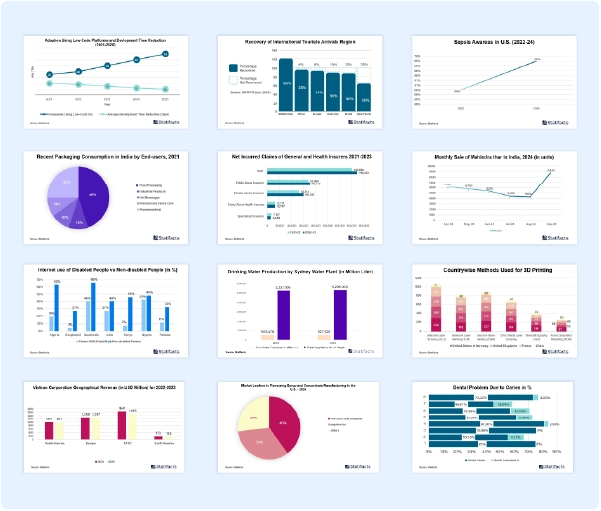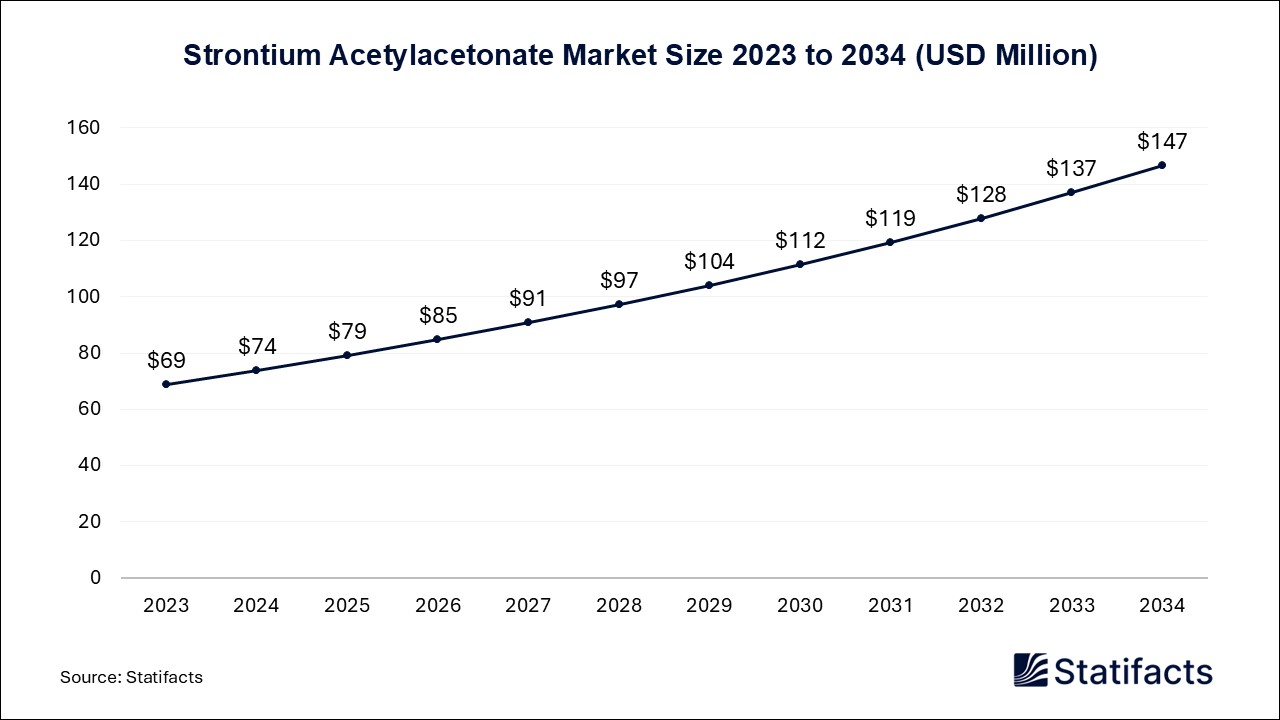

Our customers work more efficiently and benefit from
The global human primary cell culture market size accounted for USD 3,880 million in 2024 and is predicted to touch around USD 11,120 million by 2034, growing at a CAGR of 11.1% from 2025 to 2034.
| Industry Worth | Details |
| Market Size in 2025 | USD 4,310 Million |
| Market Size by 2034 | USD 11,120 Million |
| Market Growth Rate from 2025 to 2034 | CAGR of 11.1% |
The human primary cell culture market refers to the production, distribution, and use of the human primary cell culture which more closely mimics the physiological state of cells in vivo and generates the most biologically relevant. Primary cultures are cells freshly isolated from organ tissue and maintained for growth in vitro. Primary cell culture is the first line of cells directly taken from the target organism. They are identical to the primary tissue.
The cells are obtained from the source through many enzymatic or mechanical methods and are transferred to a cell culture medium. They generally have a shorter life span. Human primary cells are isolated directly from human tissues, including blood and bone marrow, using enzymatic or mechanical methods. Other than being an outstanding model for studying cell physiology and biochemistry, primary cell culture has many applications in drug discovery, vaccine production, and gene therapy. Primary cell cultures also reduce the burden on animal models and make research cost-effective. Primary cells are derived from tissue and are not modified, so they are more similar to the in vivo state and exhibit normal physiology. Therefore, they provide excellent system models to study the normal physiology and biochemistry of cells and the effects of drugs and toxic compounds on cells.
Improved government support for cell-based research initiatives is driving the growth of the human primary cell culture market. The government plays an important role in spearheading advancements in cell therapy technologies. By initiating funding programs, grants, and subsidies, they reduce the financial barriers associated with the extensive research and development required to propel these therapies toward clinical applications. Many government policies are adapting their infrastructure to better support the development of cell therapy. Clear and streamlined regulations can accelerate the approval process for new therapies, allowing promising treatments to reach patients more swiftly.
Improved funding for state-run research labs and universities underpin exploratory studies that form the base for future treatments. Stem cell engineering is seen as an important area for the government initiative to promote stem cell research through federal funding. The government can support stem cell research by investing in research initiatives, establishing a regulatory framework that balances scientific potential with ethical considerations, and encouraging collaboration between industry, researchers, and healthcare providers. They can also prioritize public education and engagement to improve a better understanding of the science and ethics of stem cell research.
Rising demand for biologics driving the growth of the human primary cell culture market. The increasing incidences of conditions like autoimmune diseases, diabetes, and cancer which driving the demand for biologics. These therapies offer targeted treatments, addressing the root causes of chronic diseases with minimal effects. Biologics have been demonstrated in randomized controlled trials (RCTs) and daily practice to significantly attenuate disease progression by reducing pain and swelling, joint damage, skin, and GI lesions, and by enhancing health-related quality of life of arthritis, skin diseases, and GI inflammation.
Biologics are important components of the drugs of the future. Biologics will continue to flourish and play significant roles in combating hard-to-treat diseases like autoimmune diseases, cancer, and inheritable diseases. Biologics have revolutionized the treatment of autoimmune diseases, offering targeted and effective relief from symptoms and slowing disease progression. These advanced therapies work by specifically targeting components of the immune system that are involved in the pathological processes of autoimmune diseases.
For any questions about this dataset or to discuss customization options, please write to us at sales@statifacts.com
| Stats ID: | 8166 |
| Format: | Databook |
| Published: | April 2025 |
| Delivery: | Immediate |
| Price | US$ 1550 |



| Stats ID: | 8166 |
| Format: | Databook |
| Published: | April 2025 |
| Delivery: | Immediate |
| Price | US$ 1550 |

You will receive an email from our Business Development Manager. Please be sure to check your SPAM/JUNK folder too.

Unlock unlimited access to all exclusive market research reports, empowering your business.
Get industry insights at the most affordable plan
Stay ahead of the competition with comprehensive, actionable intelligence at your fingertips!
Learn More Download
Download

